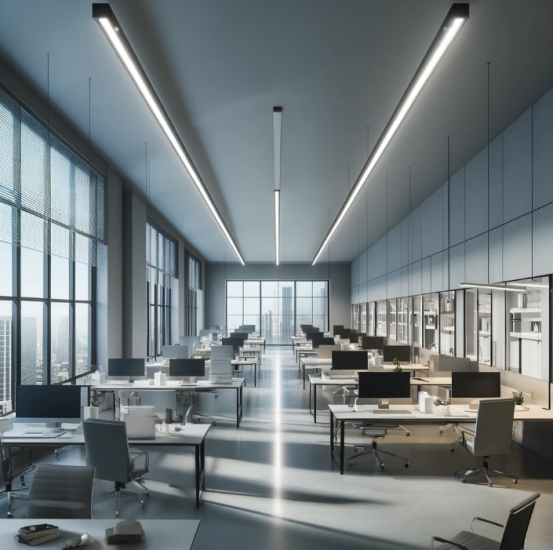The most essential part of every place is its lighting, so choosing the suitable luminaire plays a significant role. Hence, when choosing the suitable luminaire for outdoor and indoor, it is imperative to focus on the right wires too.
If the wires of luminaires are not up to the mark or lack reliability, they might damage the luminaries. Hence, choosing the right wires for outdoor and indoor luminaires plays a significant role, and if you are looking to choose them, read this guide below, and you will get a detailed idea of wires used in luminaires.
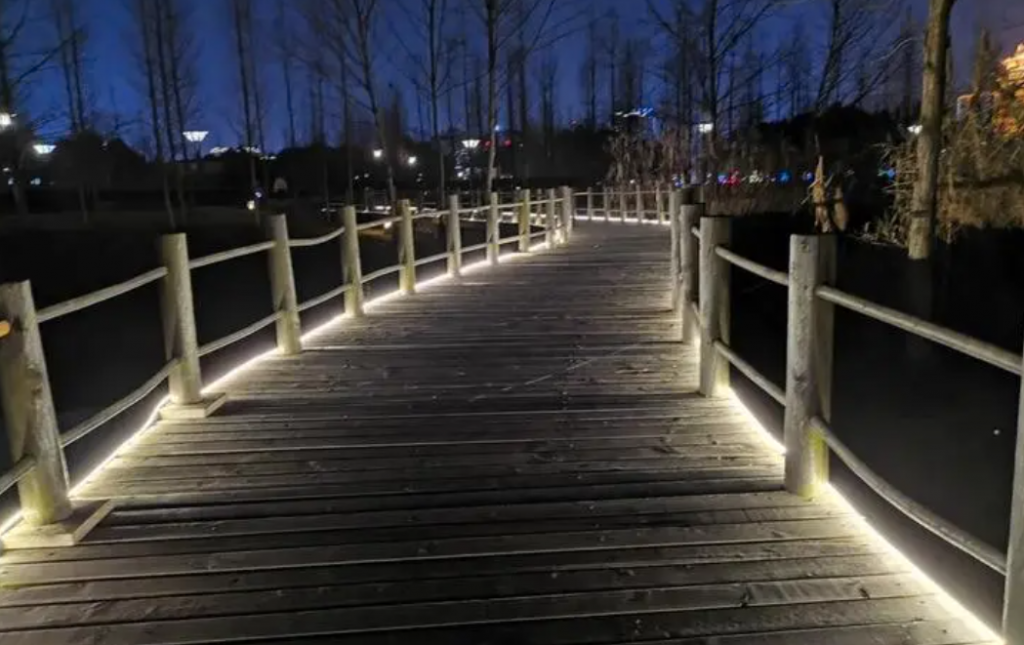
What is an Indoor and Outdoor Luminaire?
An indoor luminaire is a light used within indoor spaces like offices, homes, commercial spaces, schools, malls, etc. Such luminaries are especially pleasing and help improve the space’s visibility.
They are available in many different sizes, shapes, and layouts and are used for indoor applications. These luminaries may include wall and ceiling-mounted light fixtures, wall sconces, table and floor lamps, pendant lights, and chandeliers.
On the other hand, the outdoor luminaire offers outdoor space lighting, which covers the lighting concerns of pathways, streets, gardens, parking lots, and exterior areas of buildings and homes.
Outdoor luminaires are designed to function and withstand changing climatic conditions. These are weatherproof, resist moisture, offer durability, and even are waterproof. The different kinds of outdoor luminaires include bollard lights, floodlights, street lights, landscape lights, etc.
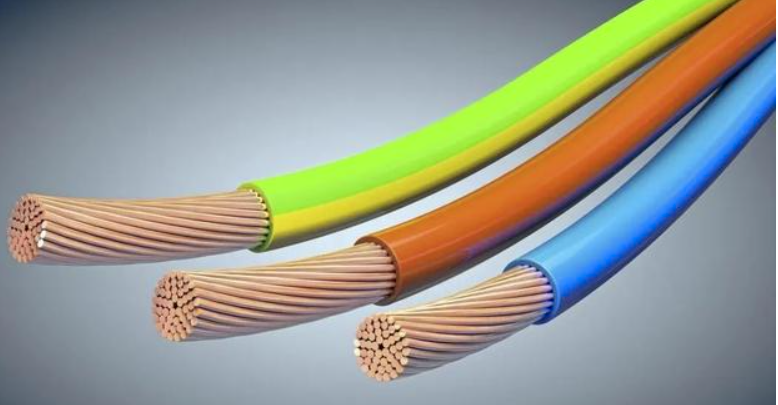
Wiring of Indoor and Outdoor Luminaire and its Significance
Wiring of the indoor and outdoor luminaire comprises the electrical setup and connection that supplies power to the light fixture so that it may function. Understanding the features of indoor and outdoor wiring and its significance is essential.
Features of Indoor Luminaire Wiring
- The indoor luminaires are connected to a power source, and for this, proper electrical wiring is designed; this process consists of connecting the indoor lighting wire to the power outlets through an electrical circuit.
- The indoor luminaires even comply with the safety regulations to prevent electrical hazards. Appropriate isolation and grounding are some of the most important considerations when designing indoor luminaire wiring, and that ensures users’ safety.
- The indoor luminaires are equipped with switches; these help users quickly turn the lights on and off. The wiring of indoor luminaires also connects the switches with fixtures to make these lights accessible to the users.
- Wiring of indoor luminaires also leads to the creation of a centralized lighting system. Such a system supports sensor lighting and automated lighting control and offers numerous energy-saving benefits.
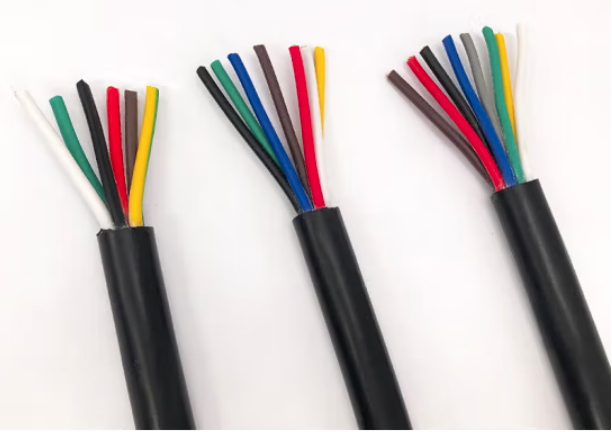
Importance of Indoor Luminaire Wiring
- Appropriate wiring is essential when it comes to safety concerns; it helps prevent fires and accidents, and by applying wiring, the risk of electrical shocks also leads to minimization.
- Provided that the wiring of the indoor luminaires is carried out correctly, the indoor luminaire works perfectly, and the ambiance of a space is managed with the right lighting level.
- Appropriate wiring offers energy efficiency, it helps to save electricity costs, and it helps to save on utility bills.
Features of Outdoor Luminaire
- Outdoor luminaires are weatherproof and capable of withstanding exposure to snow, rain, and extremely high temperatures.
- Outdoor luminaires help mount the lighting fixtures and stabilize their mounting.
- Using suitable outdoor methods, outdoor luminaire wiring connects the fixtures to the power supply.
- Outdoor luminaire wiring integrates with automated systems, too; this helps with automatic control and remote operation.
Importance of Outdoor Luminaire Wiring
- Outdoor luminaires are designed to withstand extreme weather conditions; therefore, their wiring also needs to meet a sufficient level of resistance so that when exposed to such weather conditions, these lights work perfectly and do not wear out.
- When outdoor luminaires are wired appropriately, the visibility of the spaces improves; they help with the safety of drivers, pedestrians, and those who occupy the property.
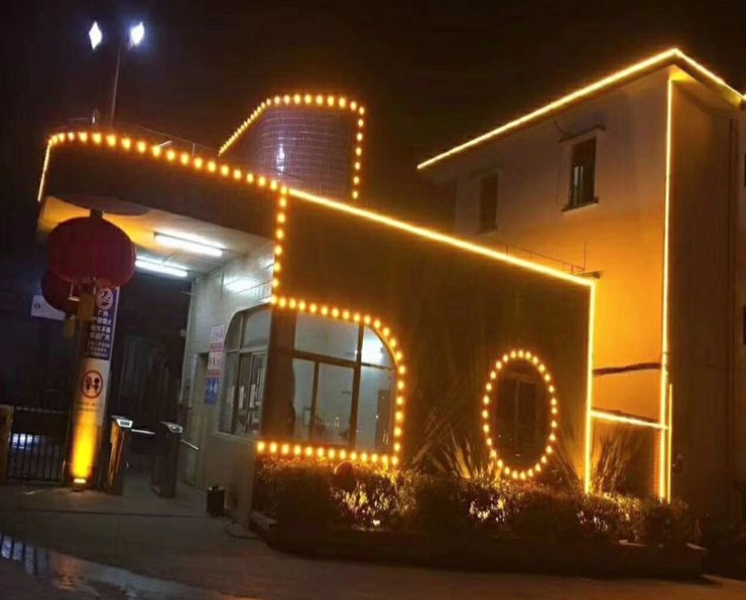
Difference Between the Wires of Outdoor and Indoor Lamps
The purpose and structure of the indoor and outdoor lamps differ; hence, the wires of these lamps are even different. Below, you will find the differences between the wires of indoor and outdoor lamps.
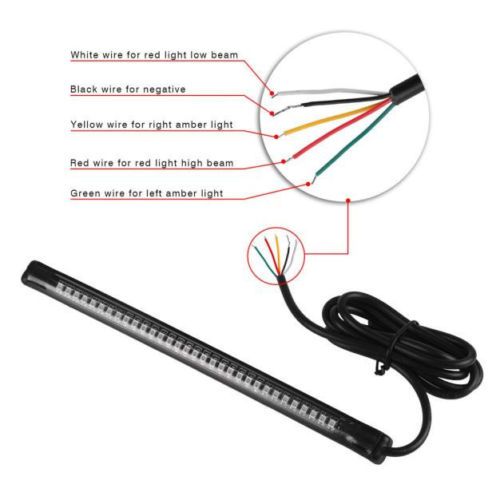
Difference of Appearance
Indoor Lamp Wires
Indoor lamps have wires created in a way that helps to enhance the aesthetics of the place. These wires are usually very sleek, so they can easily blend with the interior spaces without disturbing their aesthetics.
These wires are even available in multiple colors, which help to improve the decor of a place and blend them with the ceilings, fixtures, and walls.
Outdoor Lamp Wires
On the other hand, the outdoor lamp wires are more on the side of durability than aesthetics. They are thick and robust and comprise a layer of protection, either gray or a neutral color.
Difference of Insulation Lamp Wires
Indoor Lamp Wires
Indoor lamp wires comprise insulation materials like PVC and thermoplastics; these materials are highly adequate and help protect luminaires against fire and other hazards. These are even equipped with ease of handling.
Outdoor Lamp Wires
Outdoor lamps use insulation materials designed to meet the challenges of dealing with the outdoor environment. These materials comprise PE, XLPE, and rubber-based materials, capable of resisting UV rays, moisture, and extreme temperatures.
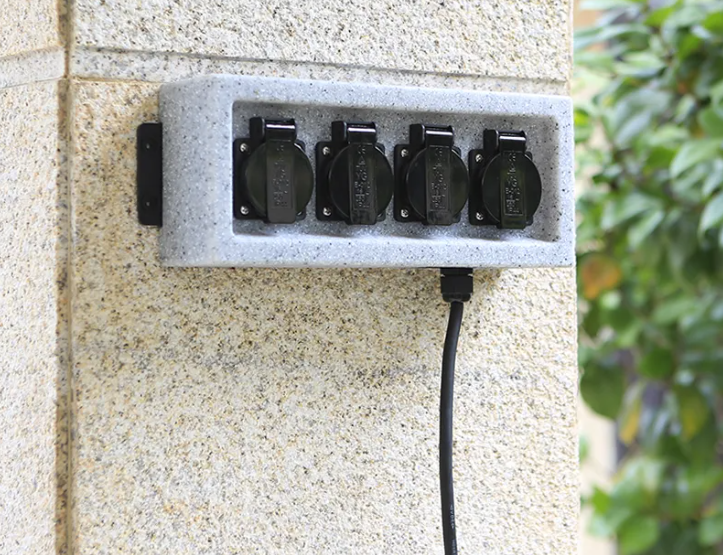
Difference of Environment
Indoor Lamp Wires
Indoor lamp wires are meant to be used in indoor environments, which are controlled and not as harsh as outdoors. Hence, they are designed in a way that they are only suitable for indoor use and won’t be able to handle outdoor conditions.
Outdoor Lamp Wires
The outdoor lamp wires are subjected to harsh weather conditions because they are installed outdoors. They are subjected to sunlight, temperature changes, rain, snow, and humidity. Hence, they should be capable enough to handle environmental changes and perform constantly. Therefore, they are designed in such a way that they suit outdoor usage.
Difference of Application
Indoor Lamp Wires
Indoor lamps are used in indoor applications; hence, these wires even opt for indoor lighting fixtures. These will be found in residential spaces, offices, commercial buildings, schools, malls, hospitals, etc.
Outdoor Lamp Wires
On the other hand, wires used in outdoor lamps are designed to cater to outdoor areas. This may consist of street lighting. Pathway lighting, parking lots, garden lights, and lights for exterior walls and ceilings in residential and commercial spaces.
How to Choose the Right Wires for Lamps?
Lighting fixtures are essential for many reasons: they illuminate a space irrespective of its location, and it is also essential that they comprise the correct wires to ensure safety. Hence, when choosing the wires for the lamps, some of the most important considerations to keep in mind are as follows:
Conductor Material
The wires used in the lamps are of two kinds, copper and aluminum, and both have distinct properties that make them suitable for light installation.
Copper
Copper is very commonly used in lamps as wires, and it is because of the excellent conductivity it offers. It helps with proper electricity transmission and hence is highly durable. The copper material is corrosion-resistant and suitable for multiple environments in the long run.
Aluminum
Aluminum is also a material suitable for use as a wire for lamps and is a good conductor of electricity. However, aluminum is mainly opted for because of the affordability it comes with, and hence, it even has a lesser electrical conductivity as compared to copper. Aluminum, however, needs proper installation to avoid issues.
Area of Cross-Sectional Wire
Paying attention to the cross-sectional wire area is imperative because it plays an important role. It is determined by the power requirements a lamp may have and the distance covered by the wiring.
When the distance and power requirements are high, the cross-sectional area needs minimization in resistance, which helps ensure that power is transmitted properly.
It is recommended to choose a wire with a cross-sectional area greater than the power rating so that the lamp doesn’t overheat and conducts its function safely.
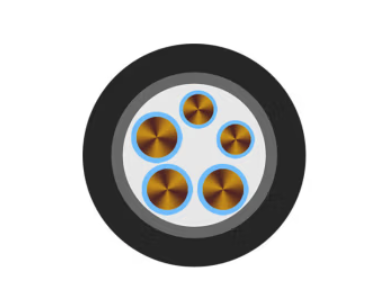
Materials Used in Insulation
The durability and performance of the wire are highly dependent on the insulation material used for it. Certain factors need to be considered in association with the insulation, and these include the following:
- The material used for insulation must be capable of offering resistance against high temperatures. During the function of the lamp, the wire may be subjected to high temperatures, which requires ensuring that the wire remains safe; hence, the material needs to be up to the mark.
- Insulation material should also handle wear and tear, ensure longevity, and be sufficiently suitable for scenarios of harsh handling or too much friction.
- When a lamp is used outdoors, the wire must also be corrosion-resistant so that it can stay intact in humid environments without developing any corrosion damage.
- The material should offer sufficient electrical insulation that prevents short circuits and ensures that the people using it remain safe.
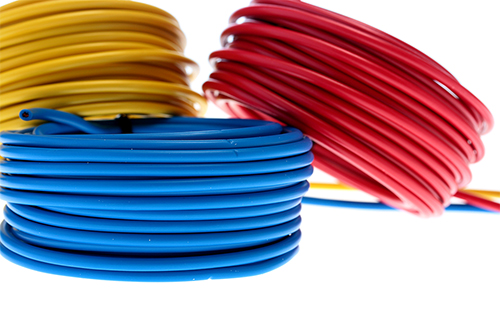
Structure of the Cable
The structure of the cable wire used is divided into two categories:
Single Core
A single-core cable is a cable that comprises a single conductor, and it is suitable for such an installation where the power is transmitted in one direction without any interference. It is mainly used in simple lamps, and the power is distributed straightly.
Multi-Core
On the other hand, multi-core cables have multiple conductors combined in a single sheath. They are suitable for lamps with complex installation, and one cable must perform various functions. These are widely used in the maps that transmit power signals and data consistently.
Conclusion
The article above highlights how much focus is needed on the wires of lamps because a single negligence may damage the entire lamp and cause safety issues.
Hence, when choosing the right wire for lamps, you can resort to this guide above and choose Olamled, as they have been the pioneers in the lighting industry and developing highly efficient indoor and outdoor lamps with the best quality wires.

